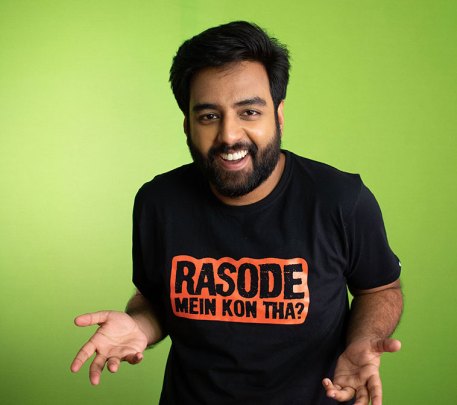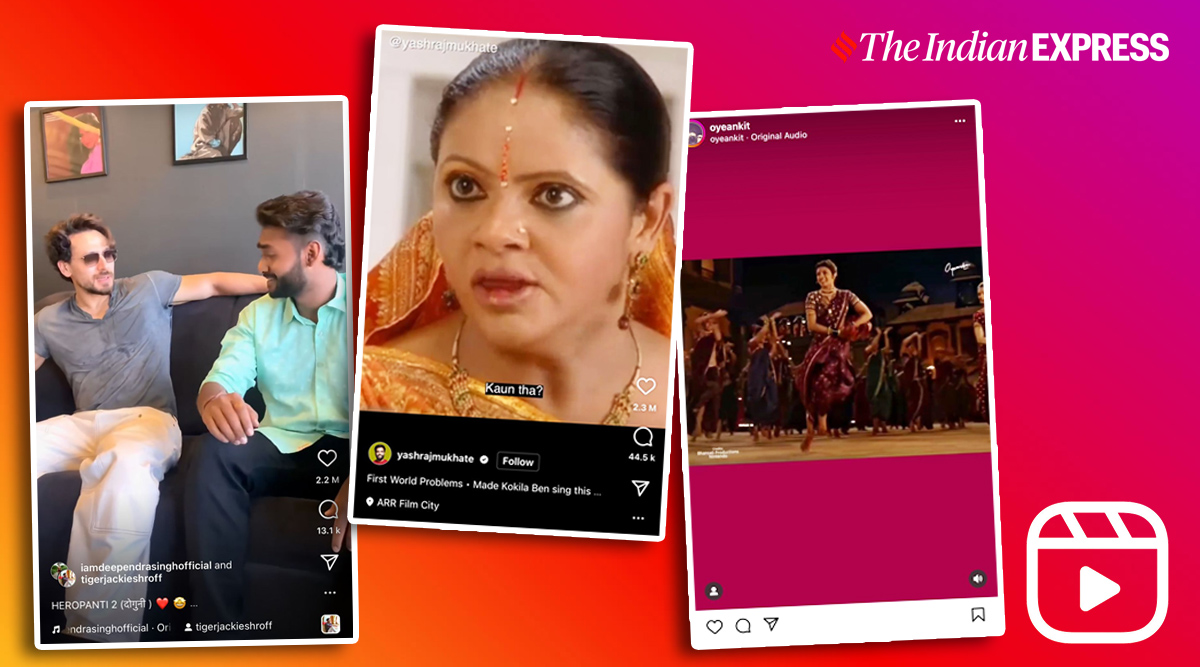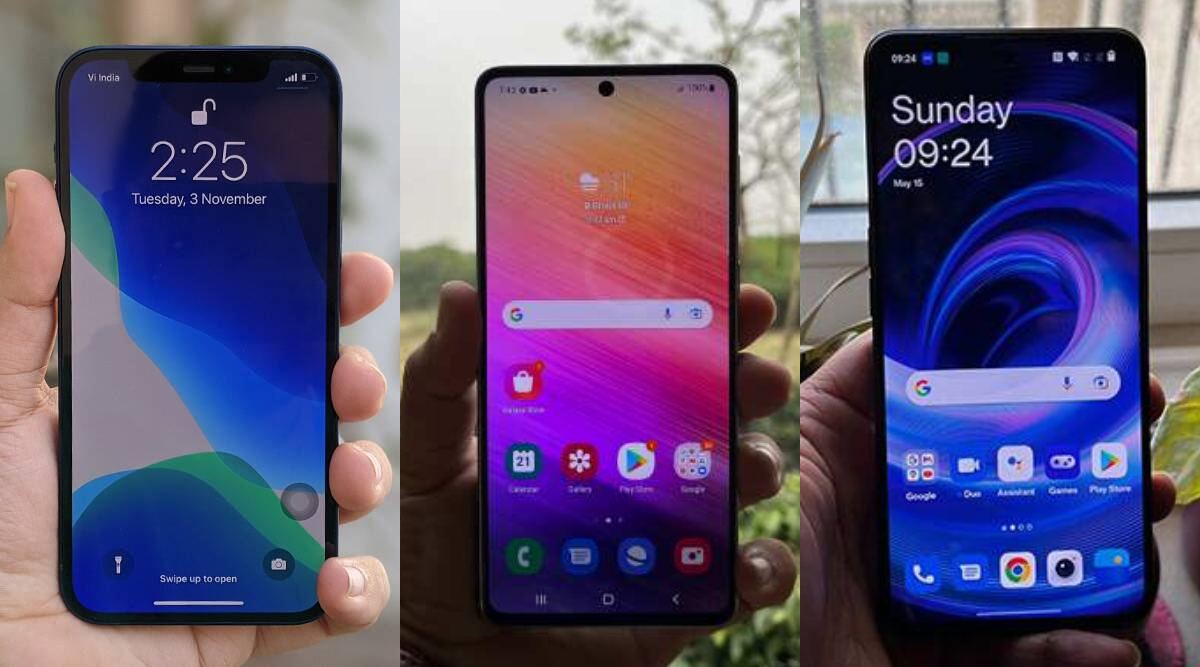“Choti bachi ho kya?” If you spend any amount of time on Instagram, it’s likely you have heard Reels with this audio meme — roughly translating to ‘are you a kid?’ — playing in the background. The dialogue from Tiger Shroff’s Heropanti was made viral by creator Deependra Singh (@iamdeependrasinghofficial). Interestingly, the 24-year-old creator from Nainpur in MP almost deleted his original video mimicking this dialogue. “Maine aise hi bana liya tha voh. (I just made it just like that). I thought I spoke in a very exaggerated manner and I should delete it. Then I thought maybe this can go viral,” he tells indianexpress.com.
Of course, Singh is now glad that he didn’t delete his video, which has become a defining meme on Instagram, inspiring many other Reels. Singh’s success underlines a growing trend on Instagram where meme culture, and audio memes, in particular, are finding virality, garnering millions of views.
According to Instagram, Indian creators like Singh have seen tremendous growth on the platform in the last two-three years. For instance, Singh, who had just 4k Instagram followers in 2019, now has over 3 lakh followers. Much of this growth has been driven by the TikTok ban of 2020 as both creators and their audiences were forced to shift to the platform. Data from various analytics reports have also shown that Instagram is leading in terms of downloads in the Indian market. The Reels format, in particular, is driving a lot of the engagement on the platform.
 Singh, who is based in Nainpur in Madhya Pradesh, has seen his audience grow thanks to the viral audio memes.
Singh, who is based in Nainpur in Madhya Pradesh, has seen his audience grow thanks to the viral audio memes.
Singh often posts videos mimicking top actors and their famous dialogues. Some of his videos are now gaining millions of views on the platform. His success even convinced Tiger Shroff to shoot a promotional video with him for Heropanti 2, which has got more than 22 million likes on the platform.
But getting credit for his viral meme was tough after his original video started going viral this February. He says he got credit after some of the bigger YouTubers started mentioning him. “I would DM them that it was my audio and some of the pages started mentioning me,” he said. The creator is now glad he is getting opportunities beyond Instagram, with invites to events and opportunities for paid promotions.
But he is not the only one whose videos have inspired memes and other funny videos on the platforms. Yashraj Mukhate was perhaps one of the first to taste this instant success during the early days of the pandemic. Mukhate is best known for the ‘Rasode main kaun tha’ video from August 2020 where he turned a dramatic dialogue from the TV serial ‘Saath Nibhana Saathiaya’ into a viral sensation. The original video has close to 153 million views on Instagram. And Mukhate’s audio from that and several other videos has been used in thousands of other meme-style videos.

 Mukhate is best known for the ‘Rasode main kaun tha’ video from August 2020.
Mukhate is best known for the ‘Rasode main kaun tha’ video from August 2020.
“I started putting out cover videos on my YouTube channel and Instagram. And later I started experimenting with different songs and dialogues, that is when I started getting more traction,” Mukhate told indianexpress.com. His intention was never to make people laugh, and was just experimenting with music. What he realised early on: If the content was creative, it would go viral.
According to Ankit Chauhan, who runs the handle ‘oyeankit’ which posts plenty of mashup style videos, memes are the new way for music to go viral. “Plenty of stuff has gone viral through memes. These are a means of ensuring that you can transcend the language barrier in many ways,” he pointed out.
Surat-based Chauhan, who works as a producer for an OTT platform, has over 341k followers on Instagram. His own page is full of mashup-style videos where he is interlaying Indian music with videos of Shakira or Bruno Mars or even Korean artists. Of course, mashups are not new per se. Dubsmash was the app that originally made many of these mashup style audio memes viral around 2015. Musical.ly was still around and had not yet merged with TikTok. And while TikTok continues to grow in the US, in India, Instagram has become the de-facto place where users now go to consume such content.

 Ankit Chauhan runs the oyeankit page on Instagam where he posts mashup videos.
Ankit Chauhan runs the oyeankit page on Instagam where he posts mashup videos.
Chauhan too admitted that there are others who are creating similar content. “But my videos are typically on the beat, with everything syncing just right. Even if I’m putting some other song on a different video, I make sure it blends just right and does not look forced,” he said adding that audience appreciation for such videos has increased over the past two-three years, even if might not be something new.
In his view, a lot of this meme-style content is actually helping Indian music and content find a global audience with even global creators taking note and creating their own videos dancing to such music.
Charansh Juneja, who runs ‘The Indian Idiot’ meme page on Instagram, too agrees that the potential has only grown for memes. Juneja admits he was worried that Instagram’s promotion of Reels would impact engagement on his page, which has the more traditional static memes, but that has not been the case. “It’s about the content at the end of the day. You have to respect people’s time and value it. You need to make sure that those two seconds are worth their while, no matter the format of the content,” he explains.

 Charansh Juneja, who runs ‘The Indian Idiot’ meme page on Instagram, too agrees that the potential has only grown for memes.
Charansh Juneja, who runs ‘The Indian Idiot’ meme page on Instagram, too agrees that the potential has only grown for memes.
Juneja has also seen this culture grow over time on Instagram. “Brands are coming into memes. Netflix has been really promoting it, which has encouraged other brands to jump in,” he points out.
While memes as a culture will continue to grow on Instagram, the biggest challenge for creators, though, is staying relevant after they have gone viral. Mukhate admits this has not been easy and the pressure to keep posting is tough. In fact, when he first went viral, he quickly pushed out other videos because he remembered others who had gone viral with one video and then were quickly forgotten.
“The pressure is so high. When I make something and I realise it is not up to the mark, as good as the old video, I just start something new.” What does not help are the hate comments, which can be disheartening as well. Mukhate says he has now learnt to ignore them, though it took some time to do that.
Chauhan too agrees that there is constant pressure on creators, especially those who are putting out funny videos. “Don’t think you can milk a trend for too long. For me, ideas come in random places. You have to keep delivering something regularly so that you stay in people’s minds,” he says.
Singh too grapples with remarks which can be negative. “If I put something similar, then I do get negative comments, that this is boring, etc. There is this pressure to constantly do something new.”
!function(f,b,e,v,n,t,s)
{if(f.fbq)return;n=f.fbq=function(){n.callMethod?
n.callMethod.apply(n,arguments):n.queue.push(arguments)};
if(!f._fbq)f._fbq=n;n.push=n;n.loaded=!0;n.version=’2.0′;
n.queue=[];t=b.createElement(e);t.async=!0;
t.src=v;s=b.getElementsByTagName(e)[0];
s.parentNode.insertBefore(t,s)}(window, document,’script’,
‘https://connect.facebook.net/en_US/fbevents.js’);
fbq(‘init’, ‘444470064056909’);
fbq(‘track’, ‘PageView’);










